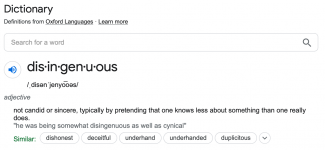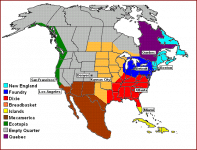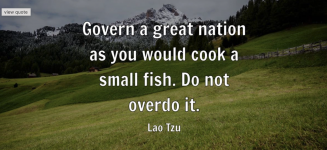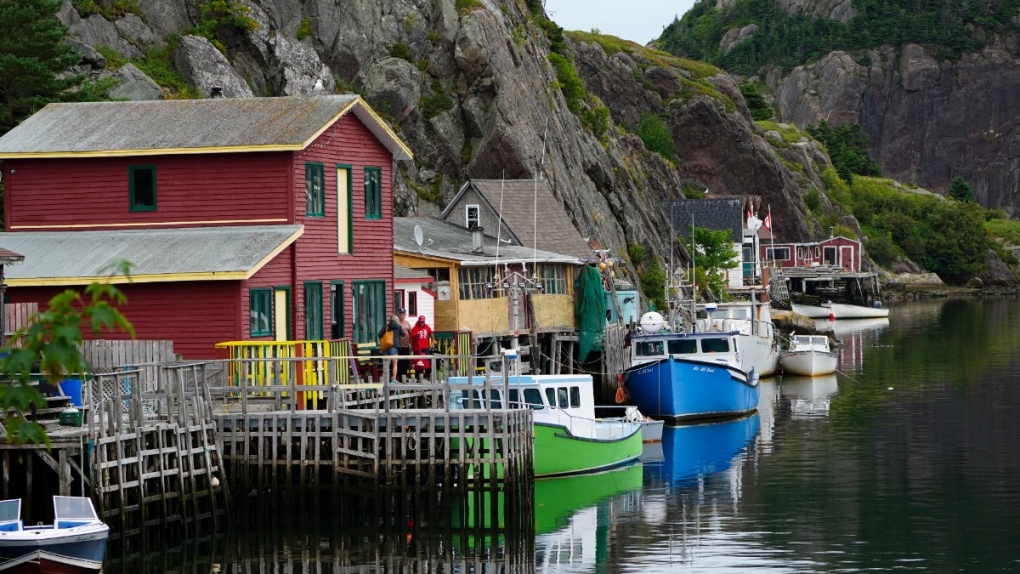I
fear you are right, but it may to be quite as bad as that.
First, a lot of the
NDP vote went
Liberal in 2015 and it stayed there:
2011: Con - 39.6% NDP - 30.6% Lib - 18.9%
2015: Con - 31.9% NDP - 19.7% Lib - 39.4%
2018: Con - 34.3% NDP - 15.9% Lib - 33.1%
2021: Con - 33.7% NDP - 17.8% Lib - 32.6%
The
Liberals are and were, under Trudeau, below their historic 'normal' levels of 40+% when they win. The
Conservatives are just below their 'normal' historic levels and the
NDP is back (after Le Bon Jack) at something very near its normal historical level of support.
I agree fully that the
blue collar vote has abandoned the
NDP, but it is, I think, at least in Ontario, shifting to the
Conservatives, even under Poilievre.
My guess, based on the UK's and Ontario's recent elections, is that the
blue collar voters are inclined to the populist messages that Poilievre is sending. Mr Simpson is right about the
pink collar vote in Canada, even if
I suspect he was unwise to
express his views as he did. The
Liberals still,
it seems to me, have a firm grip on their female/feminist vote but inflation might be Poilievre's best friend because Canadian women also, traditionally, vote with their pocket books. If the shifting blue collar vote and inflation combine then the next election (2023/24/25) could see this:
Con - 36% (125± seats) / NDP - 17% (50± seats) / Lib - 32% (120± seats) / Others - 25% (40± seats)
In this situation the
Liberals would, likely, still be allowed to form a government with explicit NDP support, but it might force Trudeau to accept a formal coalition with a few
NDP ministers in key roles. That might NOT bother the Trudeau wing of the
Liberal Party because they are comfortable with a well left of centre policy base. But it will bother the so-called
Manley Liberals, the social moderates and fiscal conservatives, who are already restless,
I think. That could mean a serious split of the
Liberal Party and that is something that might make most
Liberals back away.
My guess - maybe just a
feeling - is that Chrystia Freeland is, already, 'yesterday's woman.'
I think she is too closely tied to the Trudeau faction and
I suspect that there isn't enough 'wiggle room' for her sudden "Freeland Doctrine" to make any difference.
I think the
Manley Liberals abandoned her long ago.
I also suspect that IF Pierre Poilievre fails to win a solid minority (one that a Liberal/NDP coalition, no mater how in formal, cannot prevent or overthrow, quickly) then he is done.
Here is what
I could see as a left-right spectrum for Canada in the second half of the 2020s:
View attachment 74536
At the risk of sounding all conspiratorial and such I find myself thinking that there are forces in operation that are not captured by conventional politics.
The first issue is the ancient one of money - and who controls it. Since Richard Nixon in 1973 or possibly since Bretton Woods money has been what the US said it was. Stocks, Bonds, Gold, Oil and Wheat all reacted to the US economy. I can't help but wonder if Biden's policies have busted the trust - however you choose to think of that word.
Covid and Ukraine have put paid to a lot of long term trends that the planners were counting on.
Trump, Brexit, Johnson and Truss, and even Corbyn have frightened and angered the planners of Wall Street and the City. They have been terrified (is that too strong a word?) by Canadian Truckers, Kiwis and Aussies rebelling against lockdowns, Dutch Farmers and the Jacksonian Republicans.
I feel - and I know that isn't proof - I feel that in the west there is a fight going on between those forces chucked into the populist categories and the forces of the planners, the City, Wall Street, the State Department and the EU - dare I say the capitalists?
But this is no longer an old fashioned Marxist struggle. The old classes no longer apply. The old parties no longer apply. All governments have elements of all factions within their mix. We can't talk about hard lines separating parties. We can only talk about net tendencies. The rainbow may not be a bad analogy. Kids draw rainbows in primary colours but a real rainbow is the full spectrum, literally. You can find blue in the spectrum but you can't tell where it begins and where it ends. Likewise with red and yellow. Likewise with the secondary colours of orange, green and violet. And all the invisible "colours".
We continue to focus on that which we know, with which we are familiar and ignore the unseen.
One of the "unseens", I think, could be that 18 to 34 demographic. I'm going to call them the Starbucks generation. They do not fit into the standard party matrix. They are looking to be politically engaged. They are looking for someone to stand up and represent them. They have been let down by the existing institutions dominated by boomers who grew up in a world the youngsters don't recognize. No more than we recognize the world of WWI and the Great Depression. They know of it but they don't know it. They don't know the hopes and fears of the boomers. They just know that they have their own hopes and fears. And they aren't the same.
They have chased after Bernie and been disappointed. They have chased after Trump and Johnson and Corbyn and been disappointed. Trudeau and Ardern had their own fan clubs - apparently heavily influenced by boomer factions but tied into the Establishment - the capitalists.
Those youngsters are not blue collar unionists. They are not establishmentarians. They are not particularly libertine or libertarian. They have no institutions they trust in. They trust to their own luck and in large part they trust in their own generation that they have come to know on-line. They share the same hopes and fears regardless of borders.
I think that Poilievre appeals to a large portion of those youngsters. They are aspirational. They are capitalists in the sense that they all know the value of a dollar and a bitcoin and want more of them. They are liberal in the classic sense. Socially you could define them in "laissez-faire" terms. Live and let live. They aspire to a home and a family of their own they just can't figure out how to get there on MacDonald's wages and delivering pizzas and Amazon packages.
Where am I going with this?
Blue collar unionists are a spent force in the private sector. They don't exist.
Public sector unionists are a creature of the Establishment, along with the Civil Service, Academia, the Media and the Parties.
Churches are no more. The Church has split so many times, Unitarian, Trinitarian, Orthodox, Catholic, Roman, Coptic, Protestant, Lutheran, Anglicans, Presbyterians, Methodist, Baptist, Pentecostal, Mormon, Mennonite, Quakers......Deists, Non-Subscribing, Free Thinkers, Agnostics, Agnostics..... Individuals seeking their own way. Protestant countries have become Agnostic countries.
Civic organizations have morphed from Masons, Elks, Rotarians, Lions and Knights of Columbus, through NGOs like Medecins Sans Frontiers to virtual on-line organizations that can accomplish things like this
Summing up - Governments, as always, are at heart of power struggles. Parties, as institutions represented the keys to power. There is an Establishment that has successfully co-opted those institutions to the benefit of the Establishment. That Establishment, as happens from time to time, loses touch with its environment as success breeds complacency and it turns inwards and creates its own bubble. Eventually though, the external environment notices and starts doing its own thing. The Establishment is left playing catch up.
My sense is that this is one of those moments.
Freeland and Biden and Sunak could be representative of the Establishment trying to adjust their familiar institutions to play catch up.
Trudeau is a busted flush. Singh is window dressing.
Poilievre, Trump, DeSantis, Truss, Johnson, Zelensky are disruptors.
This puts them at odds with the entire Liberal Order of Wall Street, The City, the EU, The State Department.







